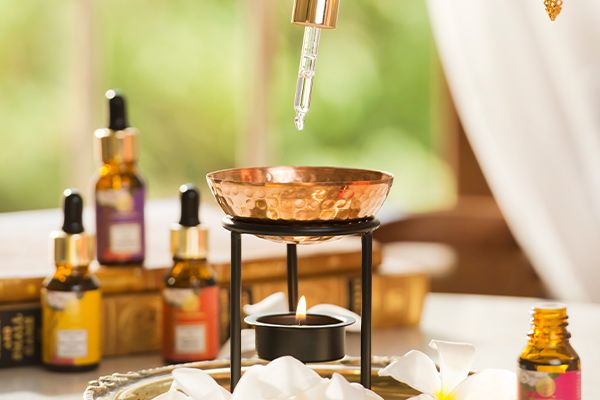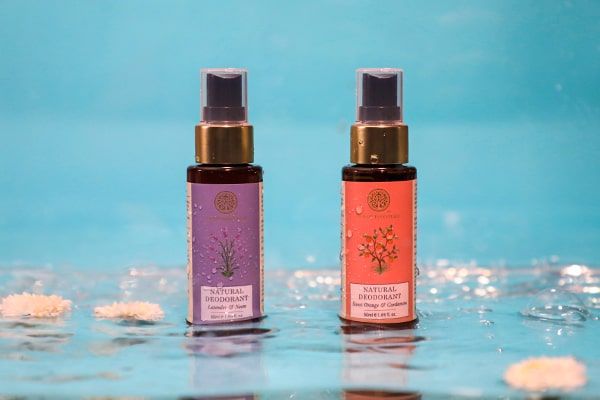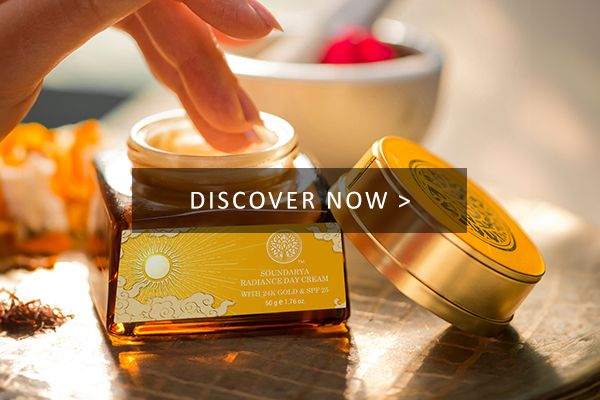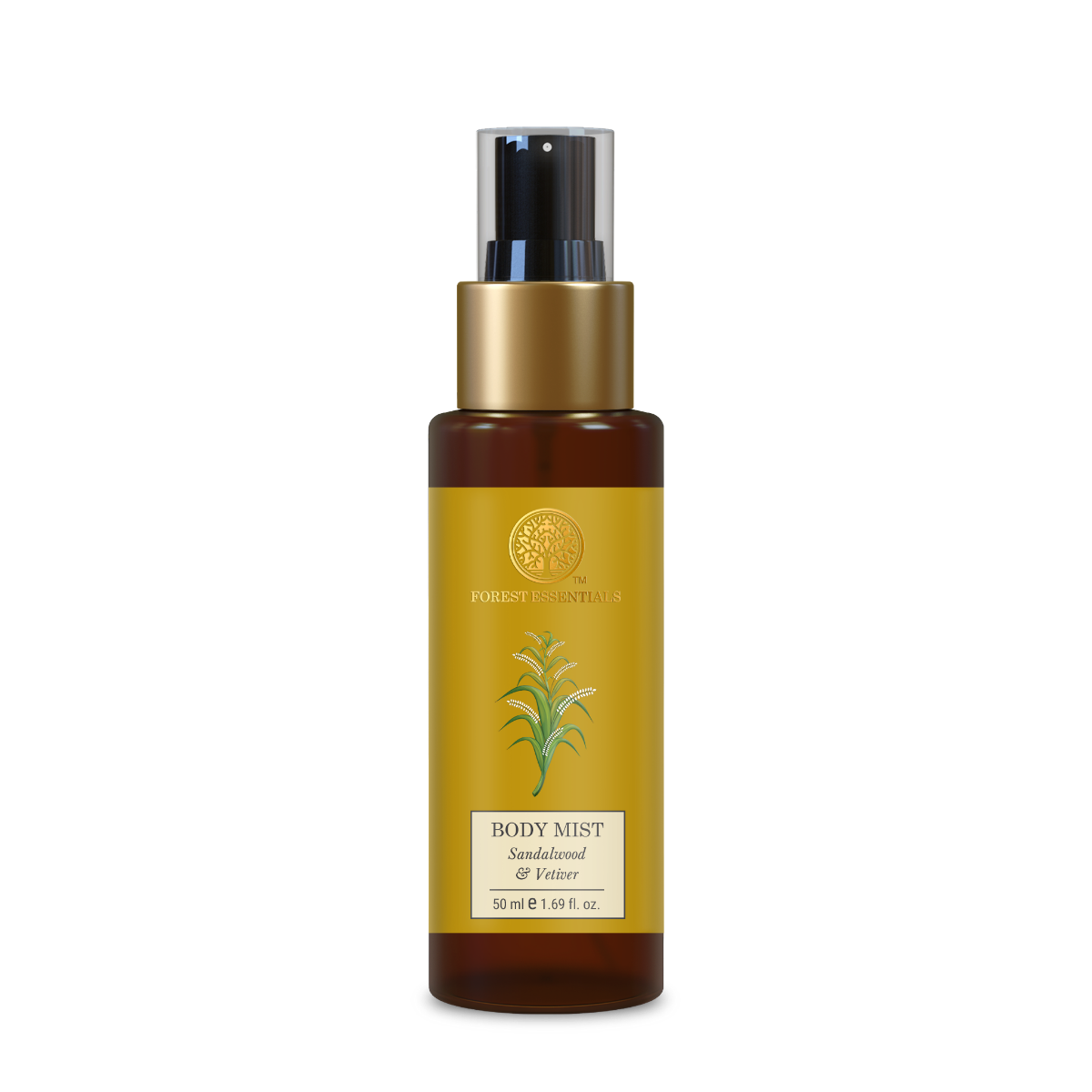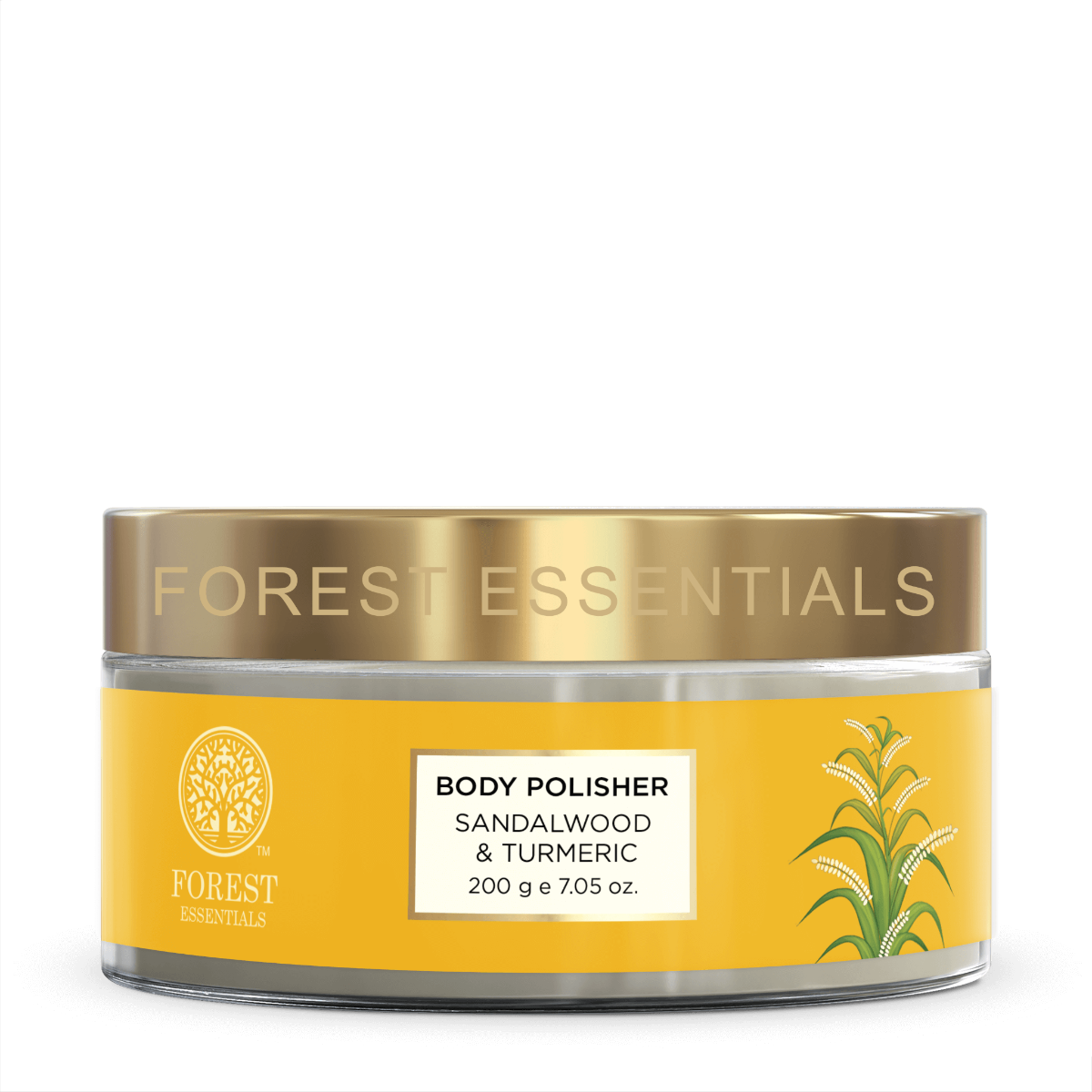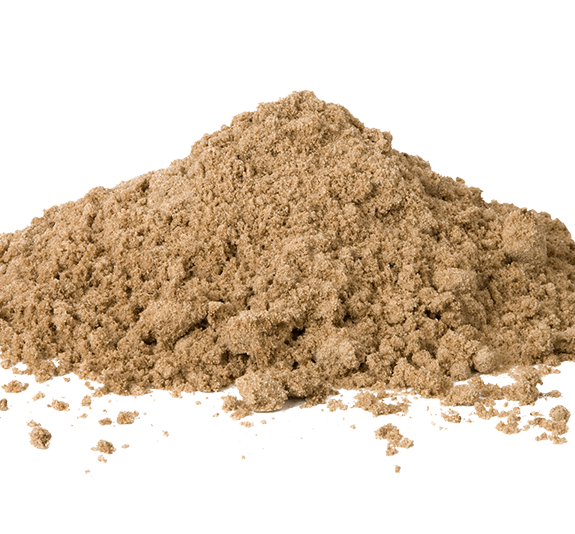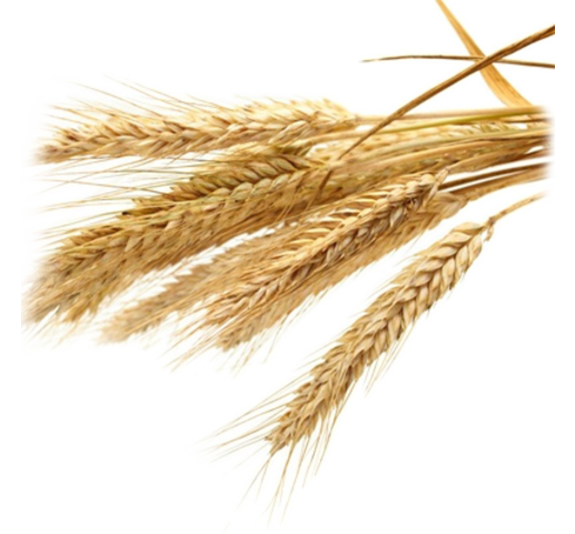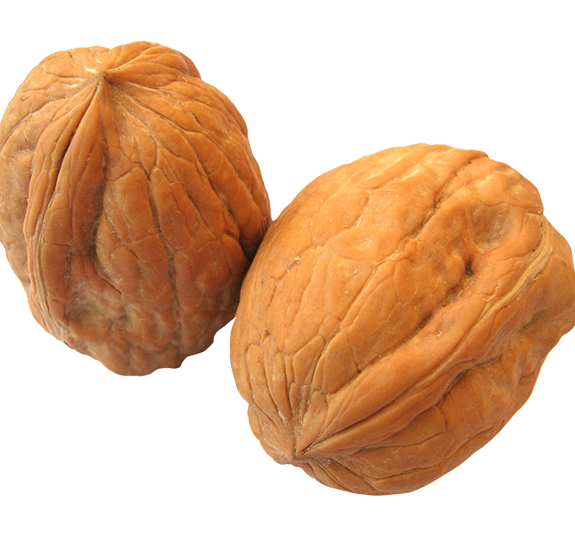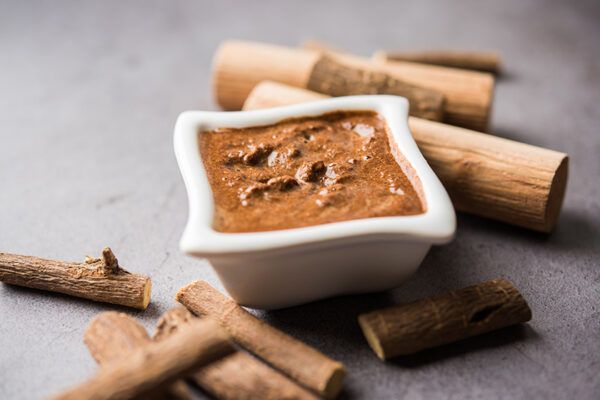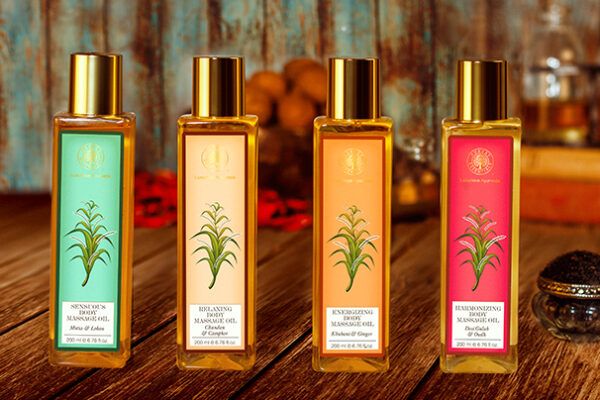Sandalwood
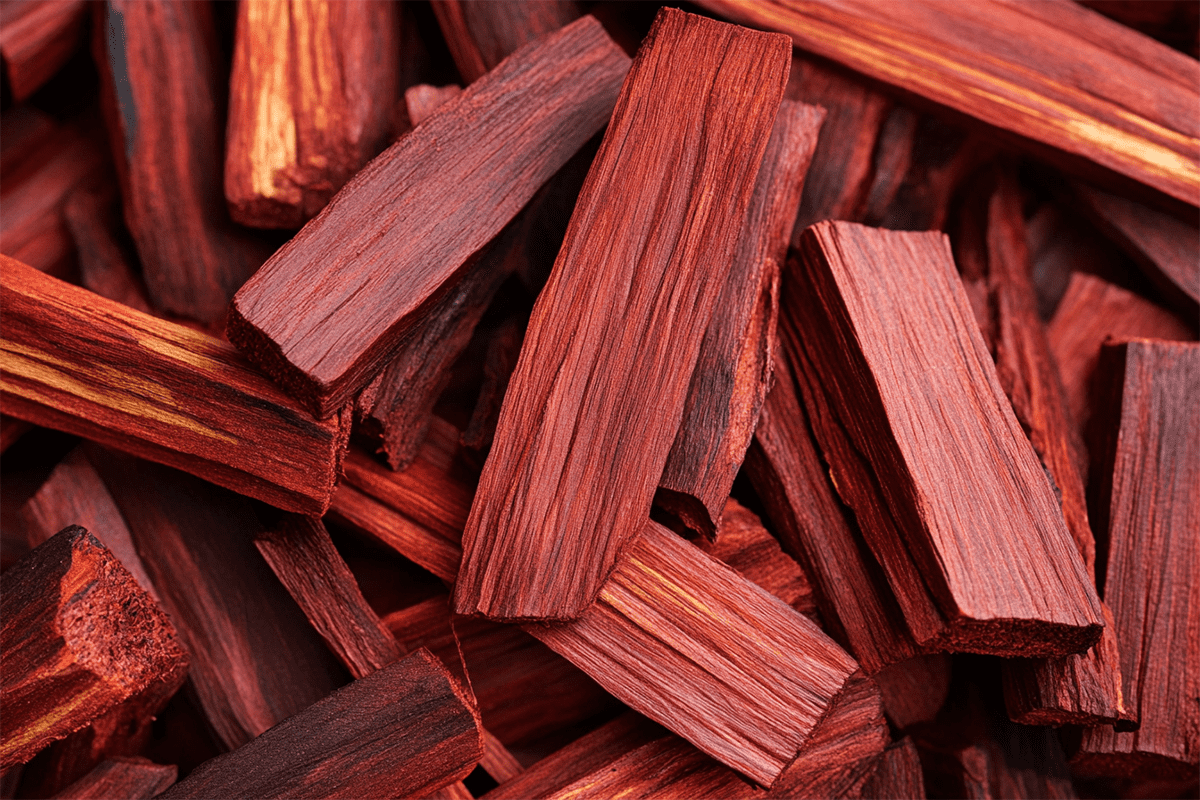
Introduction:
Sandalwood (known as Chandana in Sanskrit), derived from the Sandal tree (scientifically known as Santalaceae Santalum Album), belongs to a class of woods that are yellow and fine-grained. It is renowned for its aromatic and skin-benefiting properties and thereby, is considered to be sacred and kept in high regard in the Vedic texts. Sandalwood has a strong ability to retain fragrance for a long period of time and that makes it a rare wood with luxurious, aromatic properties. The Indian Sandalwood oil is obtained by steam distillation of the aromatic heartwood, which is also ground to make a paste – integral to religious rituals and ceremonies.
Chandan Benefits and Usage:
Considered to be one of the most prized gifts of Ancient India, Sandalwood has been a popular ingredient used in Ayurvedic medicines to treat a number of ailments like common cold and digestive problems, to name a few. The Sandalwood paste and oil have been used as beauty enhancers as they act as wonderful anti-oxidants and provide a radiant glow. It is also known to act as an antiseptic; retain moisture levels; is toning, purifying and soothing for the skin. As Sandalwood oil contains anti-oxidants, it’s used to prevent wrinkles and fight radical-free formation.
How to use Chandan for different skin types:
- Oily/combination skin – A Sandalwood paste, mixed with lemon, is known to treat acne and post-acne scars, and can also clarify blemishes.
- Dry skin – Sandalwood paste, mixed with honey, can be used as a nourishing face mask.
- Normal skin – Sandalwood mixed with milk can be used to treat pigmentation.
Things to avoid:
Though Sandalwood is super-beneficial in its usage, just like any other naturally occurring skin ingredient, it should first be patch-tested on the inner side of the elbow. Avoid using it if any irritation occurs.

















